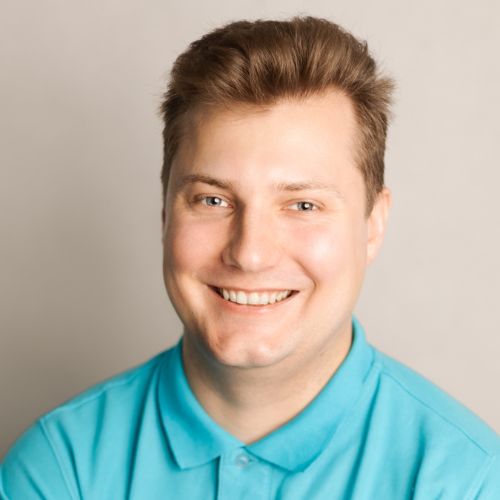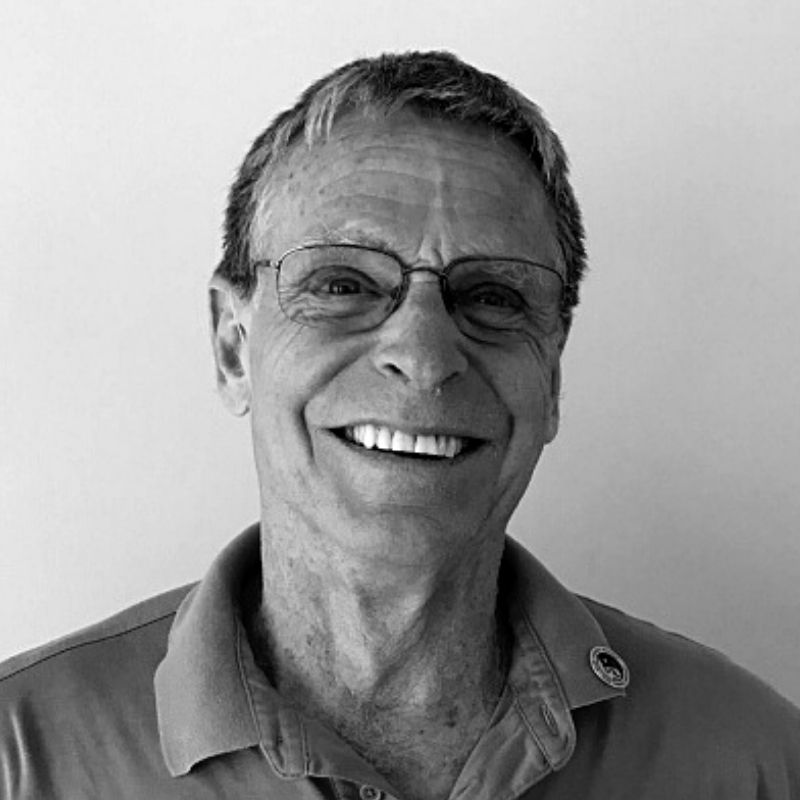Advanced Training

Common Injuries and Conditions
- The last training conducted by Art Riggs in Europe!
- Celebrate the 80th birthday of Art Riggs – MTG icon with us
- Learn from the Master in the holiday atmosphere of the charming Zalew Kryspinów (Zalew na Piaskach) near Krakow
- Full title: “Combination of joint mobilization with soft tissue techniques as part of an integrated series of therapeutic bodywork treatments”.
- Translation: The entire training will be conducted in English and translated into Polish.
- Duration: 5 training days (over 40 hours).
- Location: Krakow (Enedu room, Budzyń 50)
- Date: 25-29.08.2025 (Monday – Friday)
- Number of places: Severely limited, and acceptance is decided by the order of applications.
Description
All other information can be found in this PDF file
FAQ
Feedback

Meeting Art Riggs was a breakthrough in my career as a physiotherapist. An amazing way of conducting classes, a lot of experience from which you can draw handfuls. Thanks to this training, I have developed my therapeutic and diagnostic skills, and I have the impression that I have also become a better person. For me personally, Art Riggs is not only a teacher and mentor, but also a friend 🙂
I will definitely not miss the next training with his participation!

I was lucky that on my way of training as a physiotherapist I came across a training course with my mentor Art Riggs. I took part in several of his trainings in Poland. Each time he surprised me with something different. I could draw from his experience in handfuls. A kind, helpful and friendly man with great experience, and at the same time with great humility. It was largely Art that set my professional mentality in the company it is today.

After completing the basic course of Deep Tissue Massage conducted by Piotr and Łukasz, Art Riggs’ book and videos have become the favorite and most used teaching aids. No wonder I went to meet the Master.
I was not disappointed. The training was an inspiring and most transformative experience in my career as a therapist and in my life. Art was sinking into the fabric with his hands, through the hands of each participant. So we could feel what he feels. The whole course was like a signpost. Getting to know Art and spending those few days with him was an extraordinary adventure.


